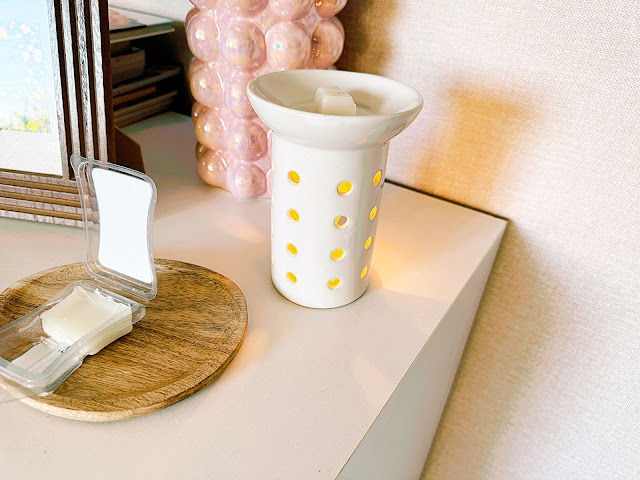3 Ingredient Lip Balm Recipe in 10 Minutes Easy DIY
.jpeg)
If you’re anything like me, you know how important it is to keep your lips soft, smooth, and moisturized—especially when the weather turns dry or cold. But did you know that many store-bought lip balms contain ingredients you might want to avoid? Synthetic chemicals, preservatives, and fragrances can sometimes irritate sensitive skin. That’s why I’m excited to share this DIY lip balm recipe that’s as simple as it gets. It uses only 3 natural ingredients , all easy to find, and the whole process takes just about 10 minutes. Plus, making your own lip balm is not only fun but also incredibly rewarding. You’ll have a product that’s gentle, nourishing, and totally personalized. If you’re searching for a natural lip balm easy to make at home, this post is for you. Let’s dive in! Why Make Your Own Lip Balm? Before we jump into the recipe, let’s talk about why homemade lip balm rocks: Control what goes on your skin: You pick natural, skin-friendly ingredients. Save money: DI...
.jpg)
.jpeg)
.jpeg)